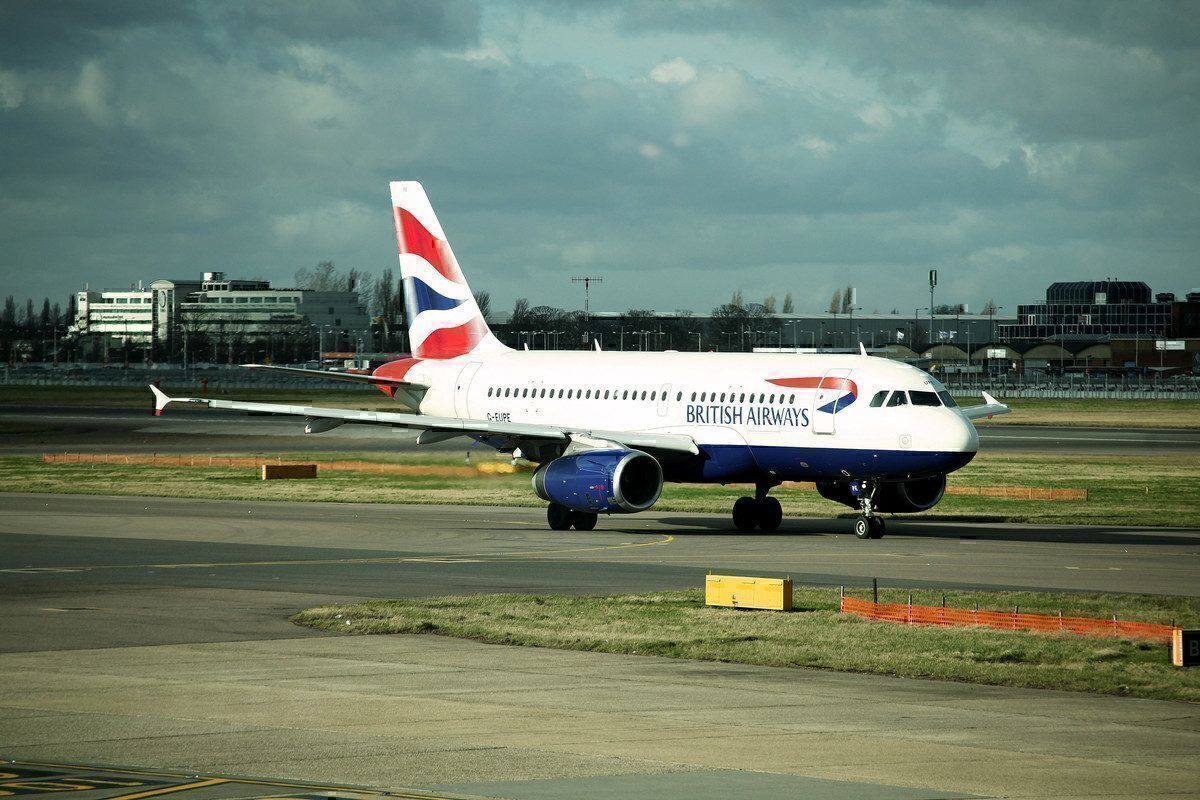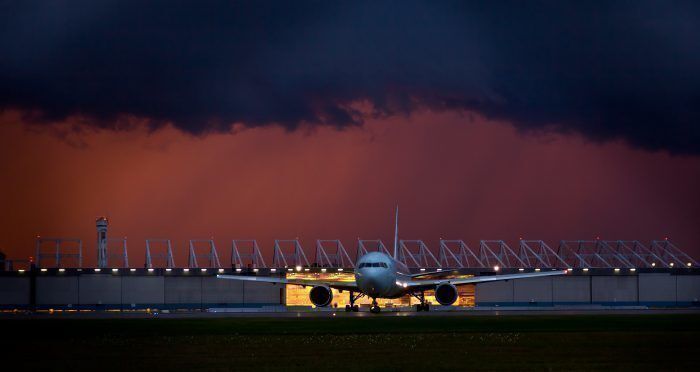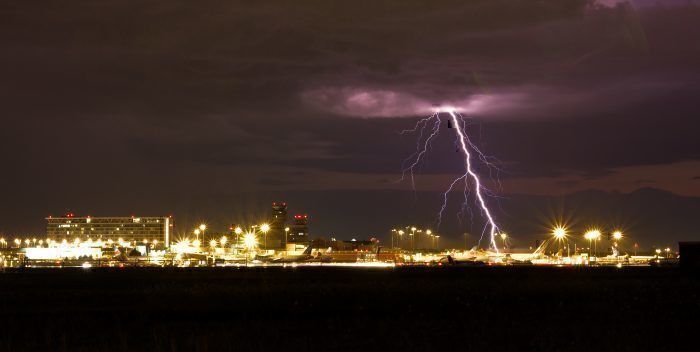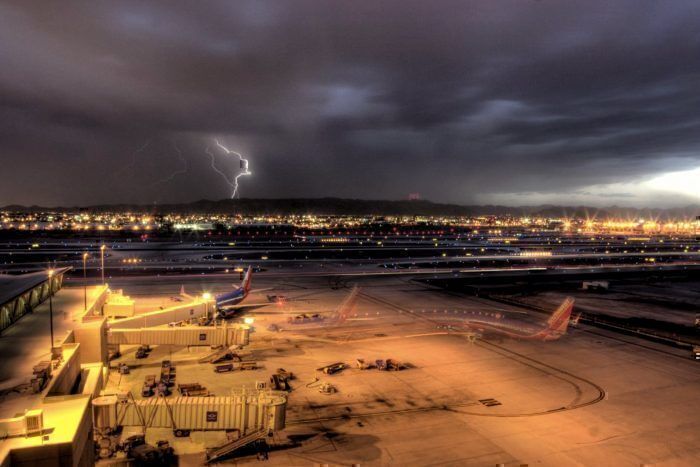British Airways Airbus A319 flight BA-438 from London Heathrow to Amsterdam Schiphol became stranded in the Dutch capital after being hit by a lightning strike while landing.
The British Airways Airbus was on final approach to land on Schiphol's runway 22 on June 8th, 2019, when the crew of an aircraft following behind radioed to say that they just witnessed the British Airways plane receive an overhead lightning strike.
The pilot aboard BA-438 contacted the tower to let them know that all electronics were operating normally and that it appeared as if the plane had suffered no damage, according to The Aviation Herald.
Now clear to continue with the approach, the British Airways jet landed safely and taxied to the gate. The British Airways Airbus then remained on the ground in Amsterdam for four days before repositioning back to Heathrow Airport on June 12th.
Most lightning strikes happen during take-off and landing
While being interviewed by Traveller Magazine about how lightning affects aircraft, a senior technical officer with the New Zealand Airline Pilots Association, David Reynolds pointed out that most lightning strikes to aircraft happen during take-off and landing.
According to Reynolds, an airliner on average is hit by lightning once or twice a year, saying,
"It's quite a traumatic event for the aircraft as well as for the people on board. Up to a million volts pass through the aircraft, which is massive when you think most power lines have thousands of volts. The energy is dissipated through the aircraft, which is the secret these days. They used to explode because the fuel tanks were not protected."
The worst incident of an aircraft crashing after being hit by lightning occurred in December of 1963, when a Pan American Boeing 707 when down in the U.S. state of Maryland killing 81 people after lightning caused fuel vapour to explode.
What happens when lightning hits an aircraft today?
Most new aircraft today are largely built using composites rather than metals and are designed to be able to sustain lightning strikes by having lightning rods built into the skin of the aircraft. Typically, when lightning hits an aircraft the point of impact is a leading edge such as a wingtip. Once struck, the electrical charge dissipates through the outer skin of the aircraft before exiting from another leading edge such as the tail.
Most times passengers aboard the aircraft are not even aware that the plane they are flying on has been hit. While being interviewed by the Daily Telegraph about how safe flying is these days British Airways captain, Steve Allright, was asked about what happens when an aircraft is hit by lightning, to which he replied,
“Commercial aircraft are designed to be unaffected by lightning strikes. They are fitted with a large number of lightning dischargers (called static wicks) which dissipate electricity and protect the aircraft.”
Why is it that aircraft are often grounded following a lightning strike?
Firstly, despite all the safety features built into today’s modern aircraft, there are still occasions when a lightning strike can cause damage.
While electrical systems and fuel lines have safety features built in to protect them from lightning strikes, the part of the aircraft where the electrical charge leaves the plane can be damaged. Usually, this does not interfere with the airworthiness of the aircraft allowing it to complete its journey as normal.
Once on the ground, however, the aircraft must be examined and any damage repaired.




